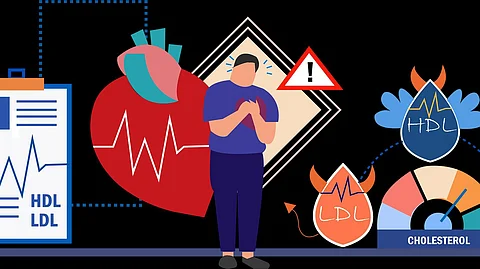By Dr. Amey Patil
The world witnessed an epidemiological shift a few years ago as non-communicable diseases (NCD) surpassed communicable diseases. However, a group of non-communicable diseases has been brought to public attention for tragically taking young lives, the cardiovascular diseases.
Cardiovascular diseases (CVDs) are the leading cause of death globally. They include several conditions namely – coronary heart disease, congenital heart disease, cerebrovascular disease, rheumatic heart disease, peripheral arterial disease, pulmonary embolism, deep vein thrombosis, etc.
According to WHO, around 17.9 million people died from CVDs in 2019, which accounts for 32% of all global deaths. Out of the 17 million people who died under the age of 70 (premature deaths), 38% were due to CVDs.
CVDs can be prevented by addressing lifestyle factors like unhealthy diet and obesity. However, recently the prevalence of CVDs has been shockingly increasing among a group of individuals who are extremely fit and exercise regularly, the soccer players.
The association between Soccer and Cardiovascular diseases
The main risk factors of CVDs include an unhealthy diet, lack of physical activity, consumption of alcohol in higher quantities, and obesity. However, soccer players are surprisingly an exception to this trend. Soccer players are extremely fit and conditioned to play an intense game of around 90 minutes. Therefore, it’s baffling to see the rising number of deaths among soccer players by CVDs. Many studies have tried to correlate the association between soccer and cardiovascular diseases.


